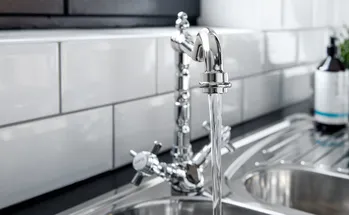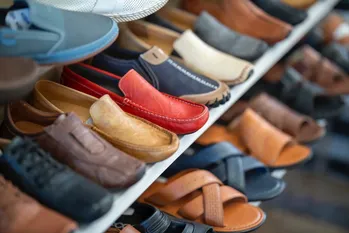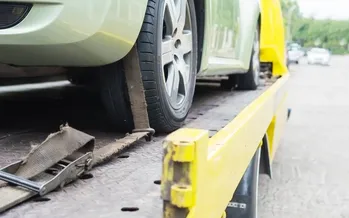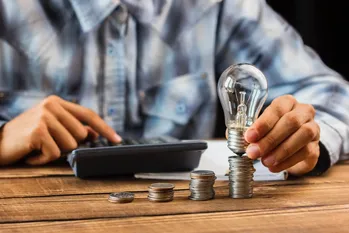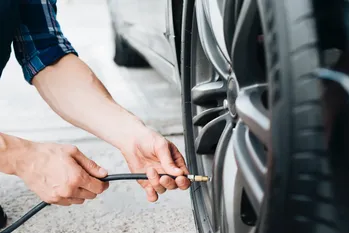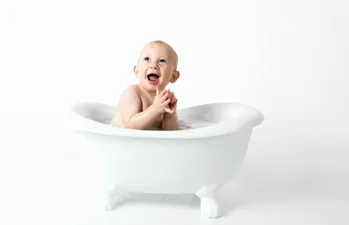Introduction
Water is an essential resource that we cannot live without, but unfortunately, it's also a finite resource that's becoming increasingly scarce in many parts of the world. As global populations continue to grow, and demand for water resources increases, it has become more crucial than ever before to conserve this precious resource and minimize our water bills simultaneously. In this article, we will explore some practical ways to save water and reduce expenses on your utility bills.
Fix Leaks
Leaks are one of the most common reasons for high water bills, yet many homeowners fail to address them promptly. A single dripping faucet can waste hundreds of gallons of water annually, which translates into a significant loss in your pocket. Here's how you can identify and fix leaks:
- Check your water meter: Take note of the reading when no one is using any water in the house for at least two hours. If the reading changes during this time, it could indicate an unseen leak.
- Inspect faucets, showerheads, and toilets: Examine these areas regularly to ensure they are not dripping or leaking. You can use food coloring or dye tablets to confirm if there is indeed a hidden leak in your toilet tank.
- Address minor issues promptly: If you notice any minor leaks or drips, address them immediately to prevent further water waste. Even small leaks can add up over time and result in substantial savings on your water bill.
Limit Outdoor Water Use
Outdoor water usage accounts for a significant portion of our total water consumption, especially during the summer months. Fortunately, there are several ways to limit outdoor water use without compromising your lawn or garden's health:
- Opt for drought-resistant plants: Choose low-maintenance and indigenous plant species that require less watering. This will help reduce your need for irrigation while also promoting sustainable gardening practices.
- Water in the morning or evening: Water your lawn and garden during cooler hours when evaporation rates are lower, reducing water waste and minimizing runoff.
- Use a rain barrel: Collect rainwater from roof gutters to use for non-potable purposes such as watering plants or flushing toilets. This not only saves money on your water bill but also reduces stormwater runoff that may cause erosion or flooding in your area.
Be Mindful of Indoor Usage
Our daily habits and routines can also contribute significantly to indoor water usage, which may result in high bills. Here are some ways to reduce indoor water consumption:
- Limit shower time: Try to shorten your showers by a few minutes. You might be surprised at how much water you save without compromising hygiene.
- Turn off the faucet: It's easy to waste gallons of water by running the tap while brushing your teeth, shaving, or washing dishes. Instead, turn off the faucet when not in use and only run it when necessary.
- Install low-flow fixtures: Replace old and outdated toilets, faucets, and showerheads with low-flow models that minimize water usage without compromising performance.
Consider Water Reuse
Reusing wastewater can help save significant amounts of water while also reducing your utility bills. Here are some ways to consider water reuse:
- Greywater systems: Greywater refers to the wastewater generated from sinks, showers, and washing machines that does not contain sewage or other contaminants. Consider installing a greywater system to recycle this water for non-potable purposes such as flushing toilets or irrigation.
- Harvest rainwater: As mentioned earlier, consider using rain barrels to harvest rainwater for non-potable uses. This will not only save you money on your water bill but also promote sustainable practices that can benefit your community's environment.
FAQ Section
Q: How can I identify if there is an unseen leak in my home?
A: There are a few ways to check for hidden leaks:
- Check your water meter: Take note of the reading when no one is using any water in the house for at least two hours. If the reading changes during this time, it could indicate an unseen leak.
- Inspect faucets, showerheads, and toilets: Examine these areas regularly to ensure they are not dripping or leaking. You can use food coloring or dye tablets to confirm if there is indeed a hidden leak in your toilet tank.
- Monitor your water bills: If you notice an unexplained spike in your water bill, it could be an indication of a hidden leak.
Q: What are some ways to limit outdoor water usage?
A: Here are a few tips for reducing outdoor water consumption:
- Opt for drought-resistant plants: Choose low-maintenance and indigenous plant species that require less watering. This will help reduce your need for irrigation while also promoting sustainable gardening practices.
- Water in the morning or evening: Water your lawn and garden during cooler hours when evaporation rates are lower, reducing water waste and minimizing runoff.
- Use a rain barrel: Collect rainwater from roof gutters to use for non-potable purposes such as watering plants or flushing toilets. This not only saves money on your water bill but also reduces stormwater runoff that may cause erosion or flooding in your area.
Q: How can I reduce indoor water usage?
A: Here are some ways to conserve water indoors:
- Fix any leaks: Leaks, no matter how small, can waste a significant amount of water over time. Regularly inspect your pipes, faucets, and toilets for leaks and repair them promptly.
- Use a broom instead of a hose: When cleaning outdoor areas or driveways, use a broom instead of a hose to save water.
- Install water-efficient appliances: Consider replacing old, outdated appliances such as washing machines, dishwashers, and toilets with newer, water-efficient models. They can save you money on your water bills in the long run.
- Limit shower time: Try to keep showers short, ideally under five minutes. Installing a low-flow showerhead can also help reduce water usage during showers.
- Turn off the faucet: When brushing your teeth or shaving, turn off the faucet to save water. You only need running water to rinse your mouth or face occasionally.
- Don't let the water run: Avoid letting the water run while you're waiting for it to warm up or when washing dishes by hand. Fill a basin with water instead, and use it to wash dishes or rinse them off before putting them in the dishwasher.
- Collect rainwater: If possible, collect rainwater in a barrel and use it to water plants or flush toilets instead of using municipal water supplies.
Q: What is a greywater system? How does it work?
A: A greywater system is a closed-loop system that reuses wastewater from sources such as showers, sinks, and washing machines for non-potable purposes like flushing toilets or irrigation. Here's how it works:
- Wastewater from these sources flows into a storage tank where solids settle out.
- The clear water is then treated using natural processes such as filtration, settling, and UV disinfection.
- The treated greywater is then pumped to the irrigation system or toilet tanks for reuse.
- Some systems may also include a sand filter or other treatment methods to further cleanse the water before use.
Q: How can I harvest rainwater?
A: Rain barrels are an effective way to collect and store rainwater for later use. Here's how you can set up a simple rain barrel system:
- Choose a location: Select a spot close to your downspout where the rain barrel will be positioned, making sure it is level.
- Install the barrel: Place the rain barrel underneath the downspout and connect it using a diverter kit. The diverter kit redirects water from the roof into the barrel instead of down the drain.
- Use the water: When you're ready to use the collected water, attach a hose or garden sprayer to the spigot at the bottom of the barrel. This water can be used for watering plants, washing your car, or other non-potable purposes.
- Maintain the system: Regularly inspect the rain barrel and diverter kit for damage and leaks, and clean out any debris that may have accumulated inside the barrel to prevent mosquito breeding.
Conclusion
In conclusion, by following these tips and tricks, you can significantly reduce your water usage while also minimizing your utility bills. Remember to stay vigilant and proactive in identifying and addressing leaks or drips, as well as implementing more sustainable habits indoors and outdoors. Together, we can promote sustainable living practices that benefit our community's environment and save us money in the long run.

